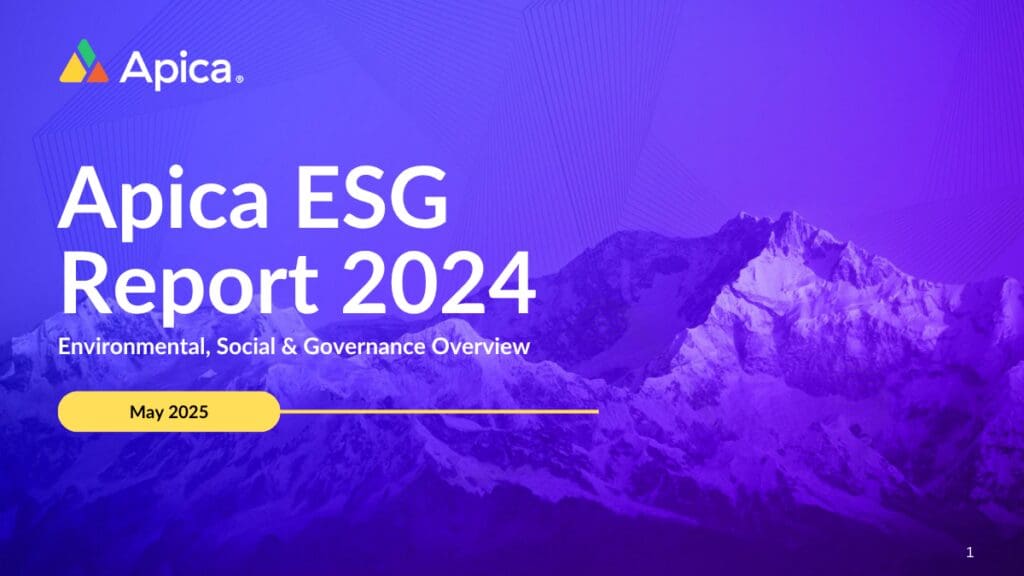Logs are essential for determining the performance and health of your system. In order to fuel an observability platform throughout your system, good logging practices are also required. In general, monitoring entails gathering and analyzing logs and other system indicators. Log analysis is the process of extracting information from logs, which is subsequently fed into observability.
Observability is the holy grail for understanding everything about your system. Logs, analytics, and traces are distinct types of machine data that can assist you in monitoring and observing your system. Logs, in particular, will help you figure out what went wrong and what caused it. Metrics and traces can inform you about consequences and notify you in advance, but to find the underlying cause, you’ll have to roll up your sleeves and dig through logs.
It becomes harder to correlate data when a system expands in complexity beyond a single component. It’s time to put those logs into a log analytics program when you’re dealing with this degree of intricacy. The information included in logs is essential. Even with a log analytics solution, getting access to that data is becoming more challenging. While there are several open-source and commercial solutions for storing, searching, and analyzing logs, the largest difficulty that SREs face today with logs is a lack of context.
To do log analysis, you must first produce the logs, then collect and store them. For log analysis and observability, these stages are critical.
Generation of logs
Almost all of your system’s programs and components will create logs by default. Most of the time, it’s only a question of allowing logs and understanding where they’re stored by the program, platform, or network. Some services, such as AWS’s Cloudwatch, provide freemium logging as a basic feature, with further detailed data available for a fee.
Collection of logs
Once your apps are creating logs, the next step is to collect them for analysis.
Log storage and retention
It’s tough to determine which logs to store and for how long when you’re building a logging system from the ground up. The greater the expense, the longer you keep log data. Compliance standards, as well as external variables such as cyber dangers, are often used to decide retention durations.
Longer log retention is becoming more prevalent due to the length of time hackers are said to remain in a system before being detected. Fortunately, Coralogix provides a machine learning-powered cost-optimization tool to make sure you’re not overpaying for your logs.
After you’ve obtained the logs, the following stage in your investigation is to query them. Querying logs is the simplest method of evaluating log data.
Traditionally, log queries have been built in a way that enables you to return a specific number of related results that satisfy your query’s criteria. While it seems to be a simple task, it may quickly become complicated. The format of logs, for example, might be organized or unstructured. Different apps may display logs in different ways — AWS, Azure, and Google all have their own logging requirements – making a more comprehensive cross-system search more challenging.
Observability is determined by querying logs
Log Query enables a single, standard query of all log data under administration. This implies you might use a single query to compare logs from many apps and platforms.
Log aggregation
The process of aggregating logs is crucial to log analysis and observability. It enables the detection of patterns, which is critical for gaining a better knowledge of your system’s performance. Traditionally, this would have been done in a single database, but as previously stated, the absence of uniformity amongst programs will make log analysis problematic. Log aggregation uses machine learning to automate log clustering, turning noisy data into meaningful insights.
Log trends
After aggregating and clustering your logs, you may look for patterns. Log trends are the pinnacle of observability and log analysis. Log trends employ aggregated log data to discover bottlenecks, performance issues, and even cyber risks.
Observability provides you with a real-time perspective of your system and infrastructure. Whether it’s your firewall, AWS infrastructure, or marketing system analytics, it will assist you to determine where things are going wrong.
Apica makes log monitoring and analytics more valuable
Metrics, logs, and traces are the three pillars of observability, and logs are an important aspect of them. End-to-end observability is critical for cloud-native architectures to get situational awareness. However, logs alone are insufficient. Organizations must be able to establish the context of a problem both upstream and downstream in order to achieve complete observability. Utilizing user experience data to determine what’s impacted, what the fundamental reason is, and how it affects the company is also critical.
Apica assists teams in monitoring and analyzing all logs in the context of their upstream and downstream relationships automatically. Analysts can grasp the business context of a problem and immediately find its specific root cause down to a single line of code because of this wide but granular insight.











